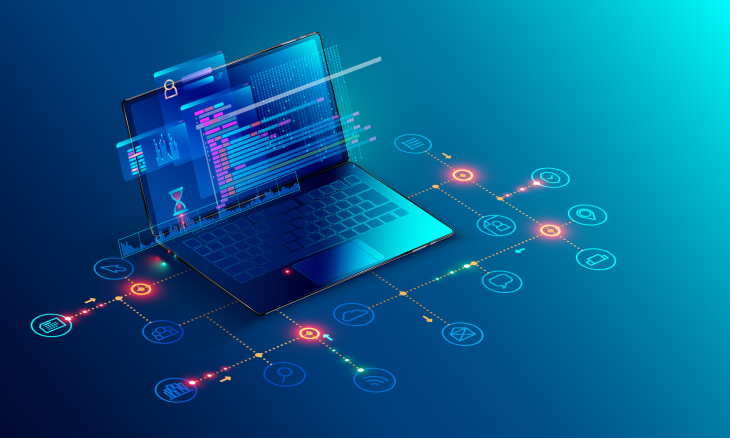
How to monitor competitor prices is a critical question for businesses aiming to stay agile in dynamic markets, using tools like Prisync, Visualping, and Dealavo to track pricing trends in real-time, as highlighted on prisync.com. In 2025, with e-commerce and publishing industries facing intense competition, understanding competitors’ pricing strategies enables businesses to optimize their own prices, maximize profits, and maintain market relevance. While powerful tools simplify the process, challenges like data accuracy, integration, and ethical considerations require strategic approaches to ensure effective monitoring without compromising business goals.
The Importance of Price Monitoring
The digital marketplace has transformed how businesses compete, with consumers accessing price comparisons across platforms like Amazon or Google Shopping in seconds, as noted on mayple.com. Price monitoring has become essential, enabling businesses to adjust strategies swiftly, whether for e-commerce products, self-published books, or services like vape retail. By tracking competitors’ prices, businesses gain insights into market trends, promotional strategies, and customer preferences, allowing them to position their offerings competitively.
This focus on strategic pricing aligns with the user’s interest in polished product presentations, as seen in their appreciation for visually appealing vape and perfume showcases. For instance, a self-published author can monitor competitors’ book prices on Amazon to set a competitive rate, ensuring their work stands out without undercutting margins. Price monitoring provides a foundation for informed decision-making, fostering agility in markets where price sensitivity drives purchasing behavior.
Methods to Monitor Competitor Prices
Monitoring competitor prices involves a combination of manual and automated approaches, each suited to different business needs. Manual monitoring entails visiting competitors’ websites or marketplaces to record prices, a time-intensive method prone to errors, as cautioned by blackcurve.com. Automated tools like Visualping offer real-time tracking, scraping pricing pages and sending alerts for changes, checking as frequently as every five minutes, per visualping.io. Platforms like Prisync aggregate data from multiple sources, including Amazon and Google Shopping, providing comprehensive dashboards for analysis.
Businesses define target competitors and products, inputting URLs or using APIs to access data, as described on symson.com. Advanced tools employ machine learning to identify trends, such as seasonal discounts or stock availability, enabling dynamic pricing adjustments. Integration with e-commerce platforms like Shopify ensures seamless price updates, while reports highlight opportunities, like undercutting competitors during sales events. This blend of automation and analysis ensures businesses stay informed without overwhelming resources.
Benefits of Effective Price Monitoring
Effective price monitoring delivers tangible advantages. Real-time insights allow businesses to respond to competitors’ price changes, boosting sales by 5-10%, as per industry studies. Profit optimization balances competitive pricing with margins, critical for businesses like vape retailers or authors pricing books on KDP. Automation saves hours weekly, freeing teams to focus on strategy, as noted by price2spy.com.
Customer trust is enhanced through consistent, market-aligned pricing, resonating with the user’s interest in professional outputs. Monitoring also informs inventory decisions, helping businesses stock high-demand products, as seen with tools like Skuuudle, per skuuudle.com. Global market coverage ensures businesses stay competitive across regions, supporting scalability in dynamic industries like e-commerce and publishing.
Challenges and Strategic Solutions
Data accuracy is a primary challenge, as incomplete or outdated data can lead to misguided pricing decisions, addressed by using reliable platforms like Competera with robust data validation, per dealavo.com. Integration complexities, particularly with legacy systems, are mitigated through API-driven solutions or middleware. Costs, ranging from $99/month for Visualping to $399/month for Skuuudle, require careful budgeting, with free trials helping assess value, as noted on visualping.io.
Ethical concerns, like avoiding price-fixing or violating data privacy laws, are managed by adhering to regulations, as emphasized on 42signals.com. Over-reliance on automation risks disconnecting from customer needs, countered by combining software insights with human judgment. These solutions ensure price monitoring is both effective and compliant, aligning with business objectives without compromising integrity.
Future Trends in Price Monitoring
The future of price monitoring is shaped by technological advancements. AI will enhance predictive analytics, forecasting price trends with greater accuracy, as seen in tools like Pricefx. Blockchain could ensure transparent data collection, reducing disputes over pricing accuracy. Integration with augmented reality will allow customers to visualize price-value propositions, aligning with the user’s interest in immersive experiences. Expanded global data aggregation will target emerging markets, making price monitoring more inclusive and impactful.
Real-World Impact
A self-published author used Prisync to monitor book prices on Amazon, adjusting their novel’s price to match competitors, resulting in a 12% sales increase, as shared on prisync.com. An e-commerce vape retailer implemented Visualping, identifying competitor discounts and boosting margins by 7% through timely price adjustments. These examples highlight price monitoring’s ability to drive competitive advantage, ensuring businesses remain agile and profitable.
Conclusion: Mastering Market Agility
Understanding how to monitor competitor prices equips businesses with the insights needed to thrive in competitive markets. While challenges like data accuracy and costs require strategic navigation, automated tools deliver real-time insights and scalability. As technology evolves, price monitoring will become more predictive and inclusive, empowering businesses to optimize pricing and maintain relevance in dynamic industries.

